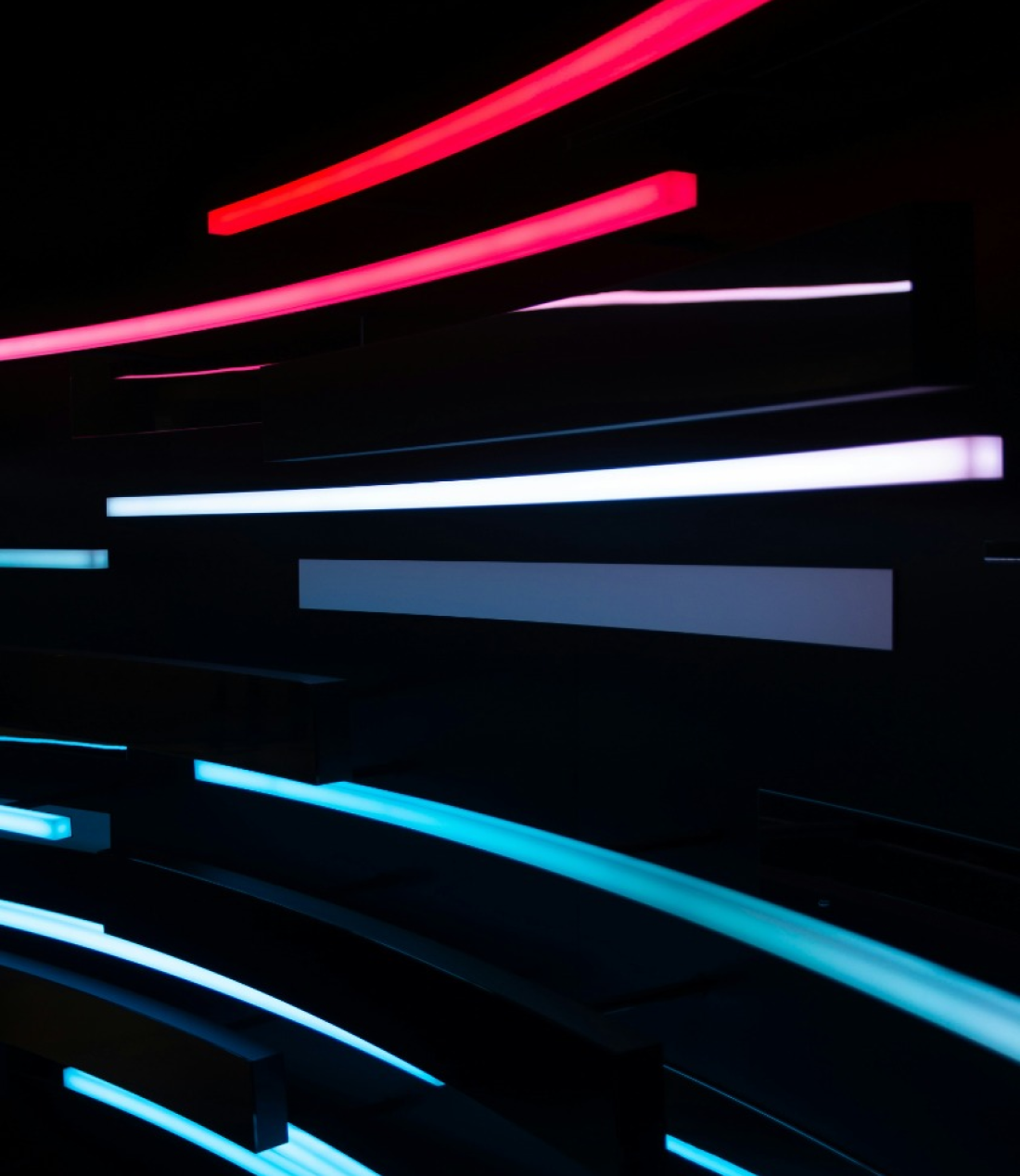Social Media Advertising
In today’s digital landscape, social media advertising is a core engine of growth. Backed by real-world experience and a specialist team, WeBoost delivers end-to-end services from strategy to execution and optimization. We understand each platform’s strengths and tailor campaigns to your goals so every dollar works harder.

Facebook Ads
The power of Facebook Ads lies in fast, scalable brand-to-customer connections. With a vast user base across ages and interests, you can reach both mass and niche audiences. More importantly, Facebook’s data and targeting capabilities focus spend on the people most likely to convert—reducing waste on irrelevant impressions. For your business, that means advertising that doesn’t just raise awareness—it drives real growth. Repeated exposure in users’ everyday feeds builds familiarity and trust, which naturally lifts conversion rates over time. In the long run, Facebook Ads help create a stable acquisition channel and sustained momentum in competitive markets.
Social Media Advertising Workflow
Tailor-made social advertising and operations plans
Market and Industry Insights
Before launching ads, it is essential to fully understand the market landscape and competitive environment, which provides a foundation for budgeting and creative strategy.
- + Research on industry advertising trends
- + Analysis of competitors’ channels and ad creatives
- + Interpretation of platform advertising policies and rules
Audience Profiling
Use data and tools to precisely define the audience, ensuring ads reach the right people aligned with brand goals.
- + Audience segmentation and persona development
- + Behavioral and interest tag analysis
- + Insights into conversion paths and consumer habits
Strategy Development
Based on brand positioning and user analysis, formulate the optimal ad strategy to achieve exposure, engagement, and conversion goals.
- + Selection of platforms and ad formats (e.g., feed ads, display ads, short videos)
- + Budget allocation and phased goal setting
- + Creative testing and A/B experiment planning
Creative Production
Design ad content that follows strategy, platform guidelines, and user preferences.
- + Copywriting and optimization
- + Visual and video creative design with consistent brand tone
- + Integration of dynamic creatives and trending elements
Execution and Monitoring
Launch ads and conduct real-time monitoring to ensure performance meets expectations.
- + Account setup and audience targeting configuration
- + Ad deployment and phased testing
- + Real-time monitoring of key metrics such as CTR, conversion rate, and engagement
Data Analysis and Optimization
Continuously track performance and make fast adjustments based on feedback to maximize ROI.
- + Monitoring key metrics and stage reports
- + Optimization of creatives and targeting
- + Iteration of budget and bidding strategies

FAQ
Ads focus on short-term impact and precise reach, while organic efforts emphasize long-term brand relationships. A combination of both yields the best results.
There’s no fixed minimum. It depends on industry competitiveness, target market size, and campaign goals. The key is to allocate enough budget for the platform’s algorithm to learn and optimize effectively. Too small a budget often fails to provide meaningful data for testing and ongoing optimization.
Clicks and impressions appear almost instantly, but stable conversions typically require 2–4 weeks of data accumulation and optimization.
B2C brands are better suited for Facebook, Instagram, and TikTok, while B2B businesses are better served by LinkedIn. Choose based on where your target users are most active.
Yes. It’s generally recommended to refresh creatives every 2–4 weeks to prevent audience fatigue.
Yes. Interest, behavior, location, and lookalike modeling enable precise targeting.
Review targeting, creatives, and bidding strategies. Adjust or re-test combinations as needed to improve performance.
GET A FREE QUOTE
Connect with us and Let's make magic happen!
Melbourne
- 0490 821 778
- [email protected]
- Level 10, 470 Collins Street,
Melbourne VIC 3000

